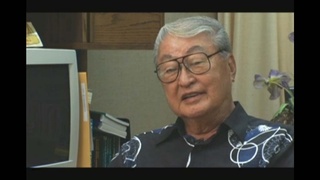Interviews
Continuing to work to improve transplanting success
The measurement of rejection in transplant patients with antibodies. I suppose that’s what keeps me going. I mean, I still want to establish that and show that it really is important. And also, to see that it will take the next step in advancing results of transplants because we’ve been sort of stuck a little bit. And [after] 10 years, half of the transplants are lost—this is kidneys, hearts, livers. So that’s a project that we’re working on. See, the one-year survival is 90 percent, but the 10-year survival is 50 percent. That’s a problem. So we talk about transplants as though it’s a successful procedure, but it’s not really. I mean from the patient’s point of view, not really successful. You don’t want to get transplanted if you can avoid it. But, we hope that now, it will be possible to change that. And that’s what we’re working on.
Date: February 10, 2004
Location: California, US
Interviewer: Gwenn M. Jensen
Contributed by: Watase Media Arts Center, Japanese American National Museum.




